You are here
Neanderthal man discovered in the Eemien. A fundamental discovery.
In the Somme region, a joint team of CNRS and Inrap archaeologists have discovered a site fundamental for our understanding of the history of Neanderthals.
Between 300,000 and 30,000 years ago, Neanderthals were perfectly adapted to the glacial conditions in which they lived. However, prehistorians could not find them in north-west Europe during the Eemien interglacial period (130,000 to 115,000 years ago)
Neanderthals reported missing from the Eemien
One school advocates that Neanderthals were poorly adapted to the temperate, oceanic climate and that the vegetation of the forested environment formed a "green barrier" that prevented them from occupying the region.
The other school argues that the erosive action of the last glacial period (the Weichselien) explains the absence of evidence during the Eemien. At the site of Caours, preserved by alluvial sedimentary deposits, archaeologists have found the first Neanderthal occupation from this period in Western Europe.
The tufas of Caours
Neanderthals were well adapted to the warm temperate climate
Numerous bones were discovered, principally of large herbivores such as aurochs, fallow deer, roe deer, rhinoceros, wild boar, and elephant. Red deer, represented by several adults and young animals, is the dominant species. This assemblage clearly indicates the presence of a temperate forest environment in which grassland continued to exist.
Caours seems to have been a butchery site. The smaller hunted animals were brought back to the site whole, while the larger ones were butchered beforehand. Food preparation is indicated by the numerous fragmented bones. Some have cut marks on their surfaces, made by flint tools (such as an auroch's hyoid bone, previously detached in order to consume the tongue). Others show traces indicating fractures which made it easier to extract the marrow, highly valued for its nutritional value.
The tools
Today the site of Caours demonstrates that:
they were thus adapted to brutal climatic variations,
and that these climatic variations cannot explain their disappearance.
Multi-institutional collaboration
This research excavation began in the summer of 2005. It is part of a multi-disciplinary collaboration between the CNRS (Centre National de Recherche Scientifique) and Inrap.The operation is part of a CNRS research programme entitled "Eclipse – Studies of quaternary tufas", and coordinated by Pierre Antoine, Patrick Auguste and Nicole Limondin.
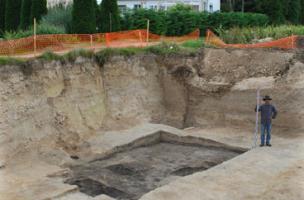
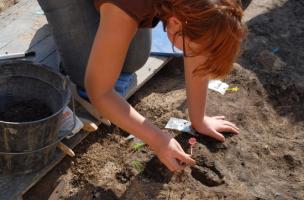

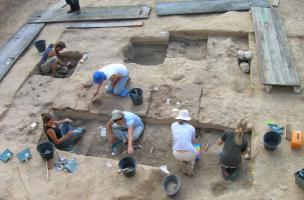
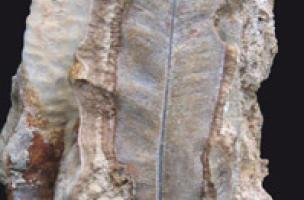
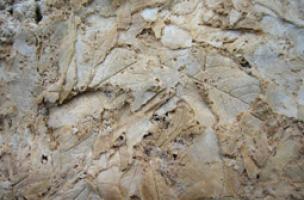
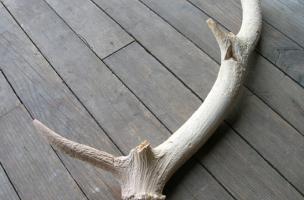
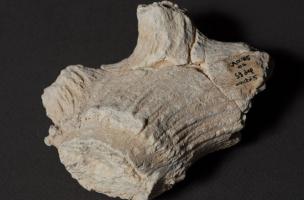
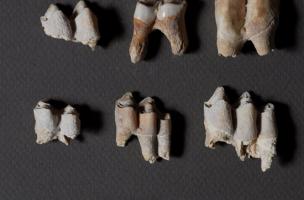
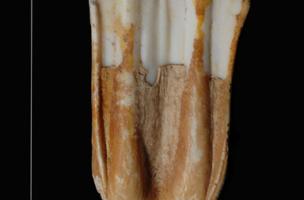
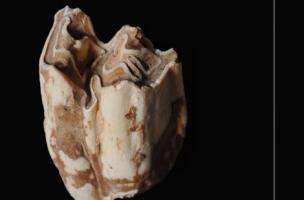
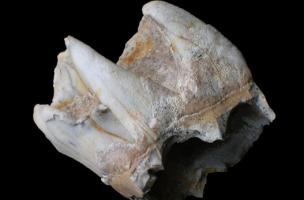
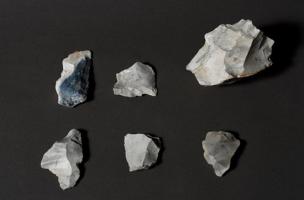

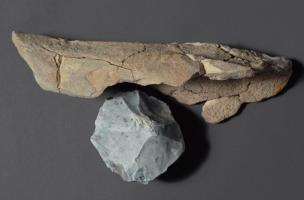
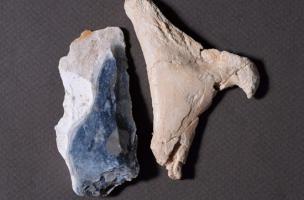
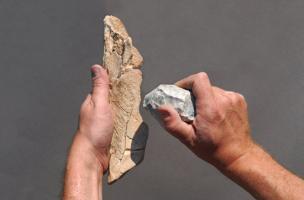

Mahaut Tyrrell
Media communication
Inrap, media partnerships and relations
+33 6 07 40 59 77
mahaut.tyrrell [at] inrap.fr

